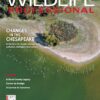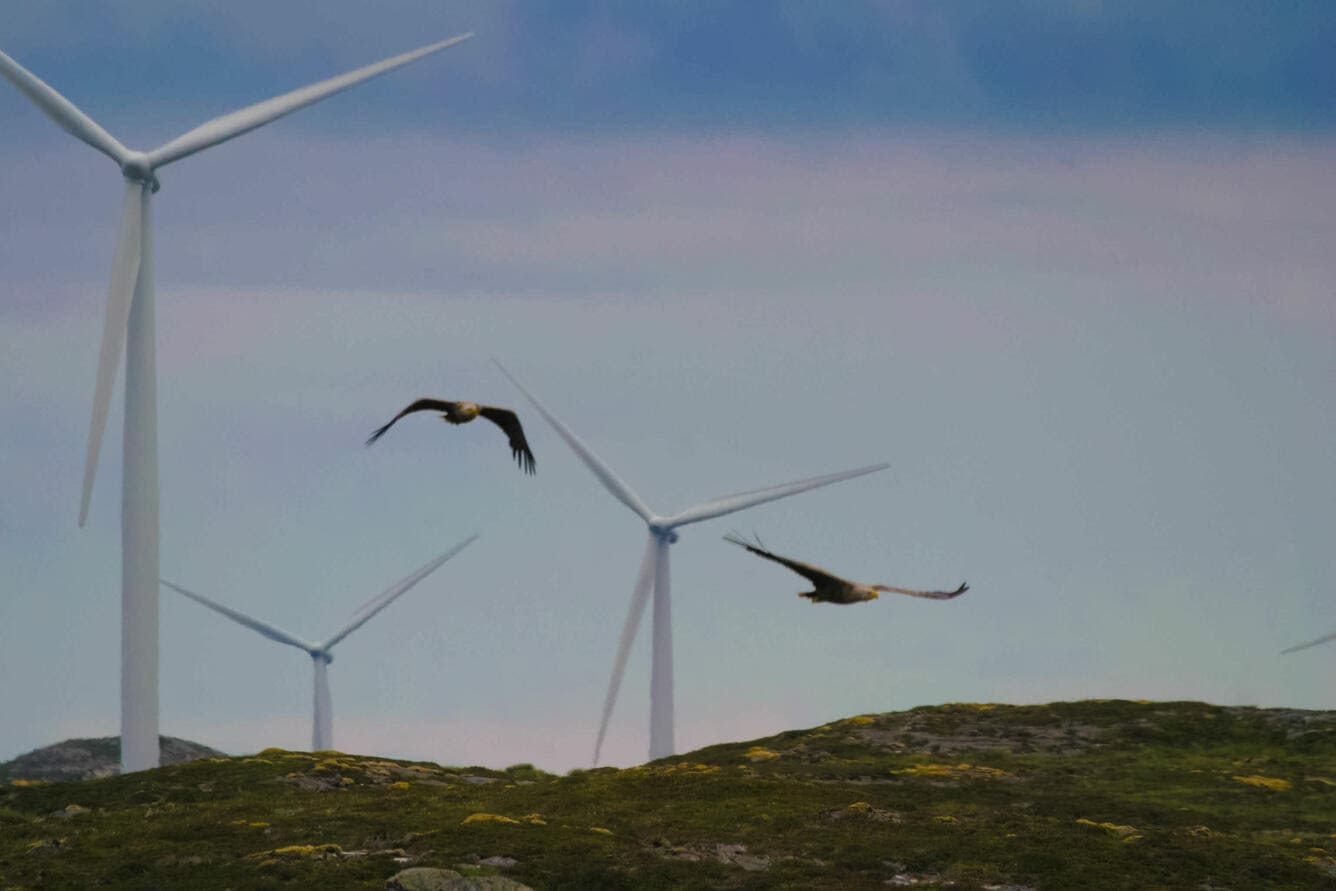Share this article
Night lights are rewiring estuary ecosystems
Artificial lighting from cities and towns at night is changing the way species interact with each other in estuaries and other coastal ecosystems.
“Lighting has gone under the wire for quite a while now,” said Mažeika Sullivan, an associate professor of environment and natural resources at The Ohio State University and the senior author of a study published recently in Estuaries and Coasts. Increasingly, he said, biologists are recognizing that it could change how ecosystems function.
Researchers have examined the ways that lights turned on at night may confuse migrating birds on their seasonal journeys. One study conducted in Switzerland showed that when insects visited meadows with artificial light at night, their numbers were reduced by two-thirds. This disruption, in turn, led to 13% less fruit production, since many of these insects are pollinators.
But Sullivan and his co-authors wanted to see whether they could determine what types of large-scale effects these species-level changes might have on whole estuary ecosystems.
Estuaries are particularly susceptible to this type of lighting since they often sit adjacent to large cities like New York, Washington and New Orleans, but even many protected areas in the United States are affected by artificial light, Sullivan said, and artificial lighting in general is projected to increase 6% per year globally, including in some less developed parts of the world which remain relatively dark at night.
“We’re seeing this massive change in our environment both in increasing intensity of lighting but also in coverage,” Sullivan said.
The researchers examined the literature for the effects of lighting on ecosystems to determine the potential responses at the individual level.
They found that for some species, natural night lighting affects things like circadian rhythm, stress and hormone levels and habits.
They then extrapolated this information to see what kind of effects it would have on larger processes like nutrient cycling or the biological productivity of an estuary.
Estuaries are complex ecosystems, relying on a number of moving parts. Complex water bird communities dine on smaller creatures but also deposit nutrients in the water through their guano. Sullivan said that species that normally feed in the dawn and dusk periods could be active longer at night since artificial lights mimic the type of conditions they normally hunt in. This, in turn, could mean that the creatures they feed on could be overexploited.
“[Artificial lighting] could assert top-down pressures on fish and invertebrates,” Sullivan said, adding that with less of this prey around, aquatic plants could become more abundant in some areas.
Meanwhile, birds that feed strictly at night may not feed under bright conditions, meaning potential drops in reproduction and breeding.
Sullivan also said that artificial night lighting can also affect physiological metabolic rates, making creatures become either more or less active during the night. Since estuaries are places that facilitate the exchange of resources between aquatic and land ecosystems, less activity could have effects above water as well.
Insects, for example, which spend their larval stages in the water, can be affected. A study Sullivan and his team looked at showed how increased artificial night lights had an effect on biodiversity in urban streams in Columbus, Ohio. The areas with the most lighting had decreased diversity of aquatic insects such as mayflies that emerge from the water as winged adults. These insect communities also exhibited smaller average body size, and the researchers saw an overall decrease in invertebrate food web complexity under lighting.
Creatures like bats, lizards, frogs, birds and other wildlife feed on these adult aquatic insects, and changes to the insect community could put pressures on these animals.
Sullivan and his co-authors also discussed a number of possible solutions to this problem moving forward.
One of these involves maintaining specific dark havens in estuaries while others include putting artificial lights in the area on timers, or somehow limiting the light penetration on the environment.
But he said there is still a lot of work to be done to track potential effects of artificial lighting on species and ecosystems. There also is little work on the different effects of different types of lights, such as halogen lights versus LED lights.
“It becomes very complex very quickly,” Sullivan said.
Header Image: Lights from San Juan, Puerto Rico shine over a coastal aquatic ecosystem. ©S.M.P. Sullivan








